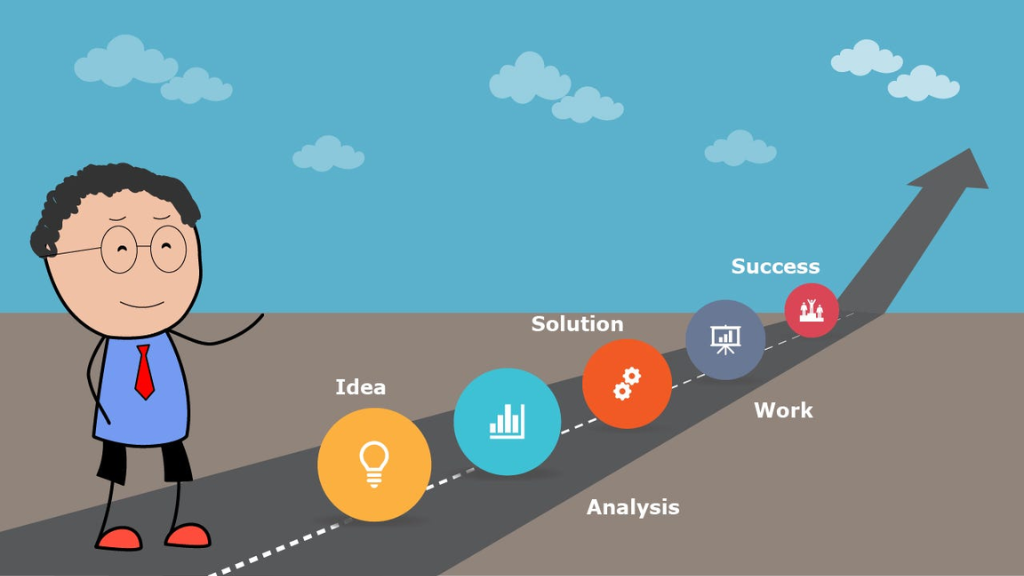To achieve sustainable business growth, align your strategy with sustainability principles, focusing on ethical practices and transparency. Incorporate green technologies, use renewable resources, and optimize processes for a circular economy. Set measurable goals, engage stakeholders, and maintain open communication to build trust. Regularly assess progress and adapt your plans to stay agile. Your approach will not only enhance your brand’s resilience but also attract eco-conscious consumers and investors. Explore further to unlock more strategic insights.
Understanding the Importance of Sustainability
Why is sustainability crucial in today’s business landscape? You might wonder about its significance, but the answer is simple: sustainability benefits your organization by promoting long-term growth and resilience. In today’s market, consumers increasingly favor companies that adopt ethical practices, valuing transparency and environmental responsibility. By focusing on sustainable development, you not only meet consumer demands but also reduce operational costs through efficient resource management. Moreover, regulatory pressures are mounting, and businesses that ignore sustainability may face penalties or loss of market share. Strategically, embracing sustainability enhances your brand reputation, attracts eco-conscious investors, and fosters innovation. It’s not just about doing what’s right ethically; it’s a smart move for securing a competitive edge and ensuring your business thrives in a rapidly changing world.Integrating Sustainability Into Business Strategy
To successfully integrate sustainability into your business strategy, start by aligning it with your core objectives and values. This alignment ensures that sustainability is not an afterthought but a driving force in your strategic planning. Here’s how you can do it:- Assess Your Current Impact: Evaluate your operations to identify areas where sustainable supply can be enhanced.
- Define Clear Goals: Set measurable targets that support a circular economy, reducing waste and optimizing resource use.
- Engage Stakeholders: Communicate your sustainability goals to employees, suppliers, and customers to foster collaboration.
- Implement and Monitor: Develop action plans with regular reviews to ensure continuous improvement.
Innovating for a Greener Future
Building on the integration of sustainability into your business strategy, innovation becomes a key driver for achieving a greener future. By embracing green technology, you can reduce environmental impact while enhancing operational efficiency. Consider developing products that leverage renewable resources or reduce waste outputs. This isn’t just about using eco-friendly materials; it’s about rethinking design processes to create sustainable products from inception. Incorporating a circular economy model encourages resource optimization by extending product lifecycles and minimizing waste. Transitioning from a linear “take-make-dispose” approach to a circular one, you can innovate in recycling and repurposing. This not only reduces costs but also aligns with consumer demand for eco-conscious solutions. Strategically innovating for sustainability positions your business as a leader in the green economy, securing long-term growth.Measuring and Reporting Sustainable Impact
Understanding the true impact of your sustainability initiatives requires a robust system for measuring and reporting. To strategically assess your efforts, focus on developing clear impact assessments and sustainability metrics. Here’s a strategic approach to enhance your eco-focused endeavors:- Define Key Metrics: Identify the most relevant sustainability metrics that align with your business goals and environmental priorities.
- Implement Data Collection Systems****: Use advanced technology and analytics to gather accurate data, ensuring reliable assessments.
- Regular Impact Assessments: Conduct thorough assessments to evaluate progress, identifying areas for improvement and success.
- Transparent Reporting: Share your findings with stakeholders honestly, fostering trust and accountability.

0 Comments